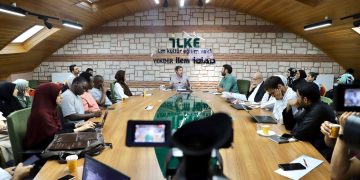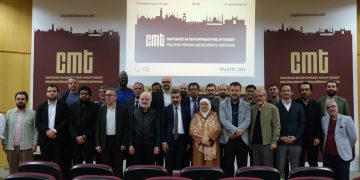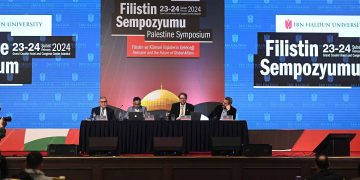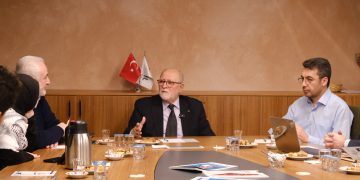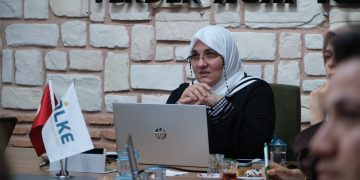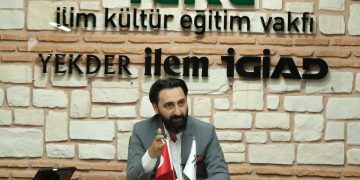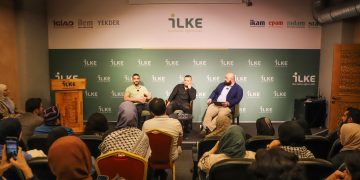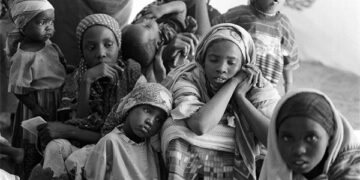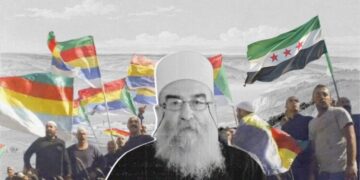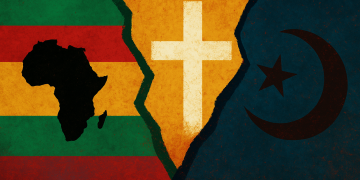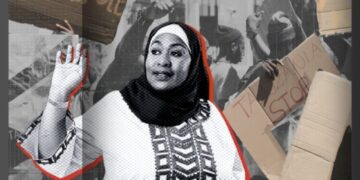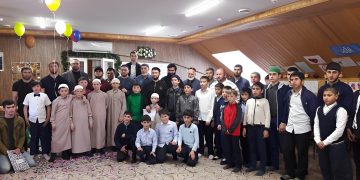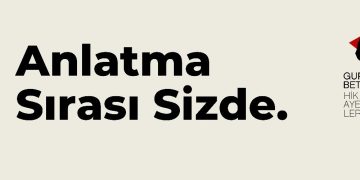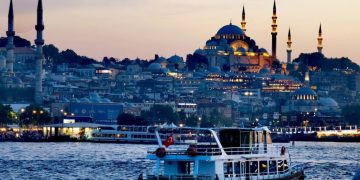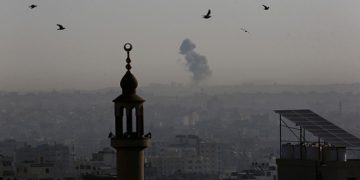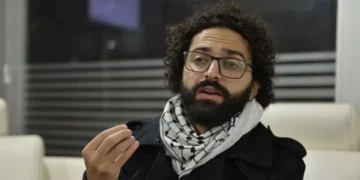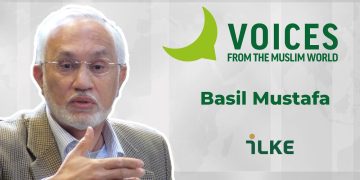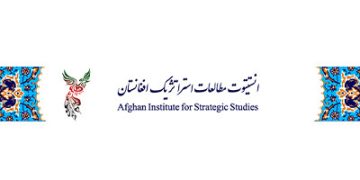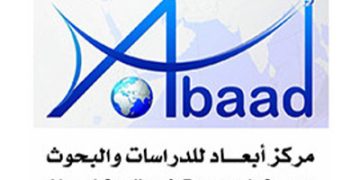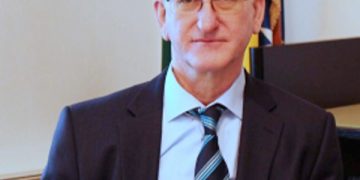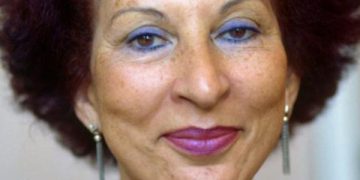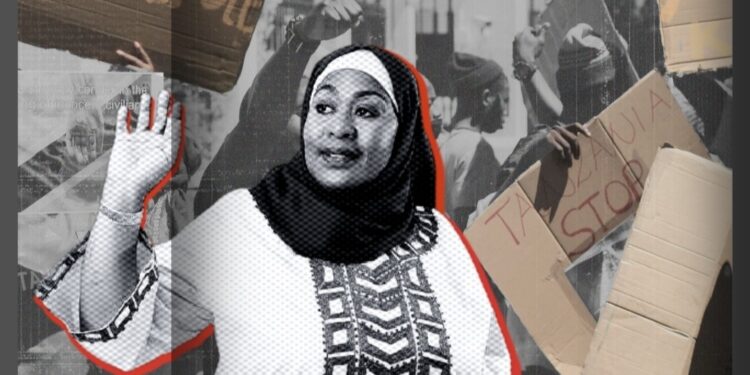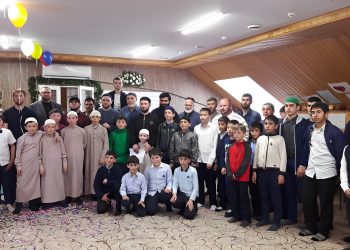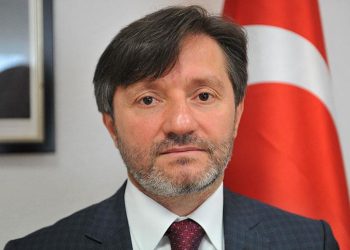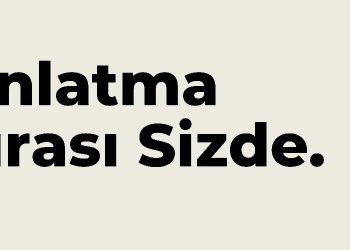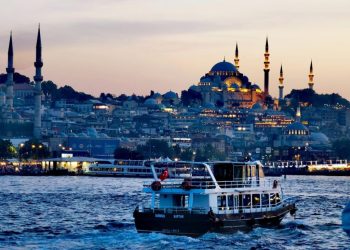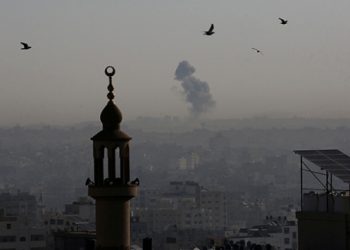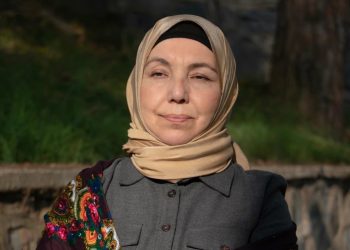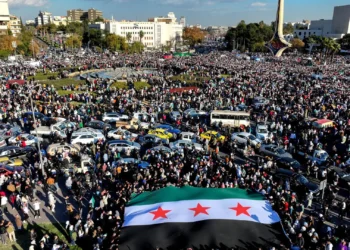This text has been translated from the original Turkish version.
We discussed in depth, together with researcher Sare Şanlı, the trajectory of Samia Suluhu Hassan, who assumed office in 2021 as Tanzania’s first female President, leading up to the 2025 elections. We examined the background of the nationwide protests within a framework extending from economic inequality to ethnic and religious identities, from debates over electoral legitimacy to the influence of regional and global actors. In this interview, you will find an account of how a chapter that began with hope in Tanzania has evolved into a taut fault line.
1) In 2021, Samia Suluhu Hassan became Tanzania’s first female President and initially inspired hope among the population. Through which decisions and policies did she transform this sense of hope into disappointment? What were the concrete turning points that led to a rupture between the government and the people?
Samia Suluhu Hassan, who became Tanzania’s first female President in 2021 and created great hope among the public as “Mama Tanzania,” initially took significant steps. Following the harsh leadership style of former President John Magufuli, Samia’s use of calm and inclusive language became a source of hope for broad segments of society. She released some political prisoners, relaxed certain restrictions on the press, and signaled a return to normalization in foreign relations.
She also launched programmes to support women’s entrepreneurship, re-engaged in dialogue with the IMF and the World Bank, and sought to increase foreign investors’ interest in Tanzania. Following the period in which Magufuli rejected vaccines, Samia, shortly after taking office, expanded the distribution of COVID-19 vaccines and thus projected an image of a “new beginning.” Owing to her press conferences, international visits, and her cultivated image as a “mother” of the nation, she enjoyed substantial positive public support during the first months of her presidency.
However, this initial optimism did not yield the expected outcomes on several highly critical issues. It should be noted that Tanzania was already facing deep-rooted economic problems awaiting resolution, and that addressing such structural challenges in a short period of time would not have been easy for any leader.
Although macroeconomic revenues from mining to tourism grew, the broad public did not receive a satisfactory share of this growth. The administration’s choices (such as the massive EACOP oil pipeline project and port management agreements with DP World) were investor-friendly and growth-oriented; yet, the perception that “resources were being opened up to foreign and elite interests” strengthened among the public, and a feeling of “no local benefit” prevailed.
While press freedom was emphasized at the outset, severe restrictions were imposed on media outlets shortly thereafter. Legal regulations, particularly the “Cybercrimes Act,” which targets online freedom of expression, were frequently used to silence criticism. Every critique was labeled as treason and hostility against the state.
Leading up to the election process, opposition voices were systematically stifled. The exclusion of leading figures from major opposition parties and the arrest and sentencing of opposition leaders blocked political competition. The disqualification of prominent names before the 2025 elections reinforced the sentiment among a large segment of society that the “election was pre-configured.”
Consequently, expectations regarding Samia have given way to serious disillusionment. While the public expected a symbolic rupture, they witnessed the presence of old authoritarian reflexes in practice. At this point, it is clearly visible that the public’s tolerance for the concept of “silent stability” has been exhausted due to economic hardships and a sense of political exclusion.
2) How has the disqualification of the opposition in the run-up to the 2025 elections impacted public confidence in the electoral process in Tanzania?
The disqualification of strong opposition candidates during the recent election process fundamentally undermined trust in the ballot box in Tanzania. The election ceased to be an arena for meaningful competition and effectively turned into a ritual validating the control of the ruling party, Chama Cha Mapinduzi (CCM). While the perception that “I will vote, but nothing will change” became widespread among the public, campaigns calling on voters to boycott the polls in some regions and a faith-based polarization involving churches drew attention.
This mistrust in the ballot box reinforced the belief that avenues for peaceful political participation were exhausted, making street protests the sole legitimate channel for dissent. This wave of protests is an unprecedented situation for Tanzania—historically known for its rhetoric of “peace and tranquility” (amani na utulivu) and where, unlike its neighbor Kenya, the mainland population has typically shied away from mass protests. What is at stake here is not just political dissent, but also the breaking of a deeply ingrained socio-political norm.
The government pursued a dual strategy while managing this process. On one hand, although the protests started peacefully, they were carried out with harsh crackdowns “on security grounds,” claiming that violent elements such as “looting and arson” had infiltrated them and even alleging the presence of foreign-linked provocateurs. On the other hand, while silencing the opposition with grave accusations like “incitement to rebellion” and “treason,” it also largely blocked the flow of independent information through internet shutdowns and social media restrictions throughout the election process.
Under these conditions, international observers clearly reported that the election environment did not allow for competition. The African Union mission’s statement that “citizens could not find an environment to express their democratic will” confirmed that the process was in a legitimacy crisis.
John Magufuli’s share of the vote had risen from 58.4% in 2015 to 84% in 2020. Today, Samia Suluhu Hassan’s having assumed office without being elected and subsequently obtaining an implausible 98% of the vote indicates that elections have consistently been transformed into mere rituals of approval.
3) How did deepening poverty and inequality, despite Tanzania’s economic growth, trigger and shape the street protests? Which specific sectors and policies, in particular, became the main focal points of this public backlash?
The fact that macroeconomic growth during the Samia era did not trickle down to broad segments of society constituted the fundamental economic dynamic driving the street protests. Despite tourism revenues rising from $2.53 billion to $3.37 billion and the mining sector exceeding 10% of GDP, average monthly income remained stagnant in the $60–180 range, youth unemployment remained high, and income inequality deepened. This situation fueled social anger by reinforcing the sentiment of “not getting a share of the growing pie.”
Common grievances included the fact that growth in the mining sector remained under the control of foreign companies, technology transfer was limited, and local workers were employed at low wages. In particular, the France-based Total’s EACOP (East African Crude Oil Pipeline) project became a target of protests due to environmental risks, the displacement of local populations, and issues regarding inadequate compensation. The project was viewed as a concrete example of “opening up resources to foreign interests.”
The Samia administration’s decision to hand over the operations of a significant portion of the Port of Dar es Salaam to Dubai-based DP World further deepened the backlash. This move triggered concerns not only regarding foreign investment but also regarding the geopolitical influence of the United Arab Emirates in the region. The transfer of a strategic national asset to an actor perceived as fueling violence and instability in the region strengthened the perception of a “loss of national sovereignty,” merging economic anger with patriotism-based resistance.
Promises had been made that the natural gas wealth in Mtwara would bring electricity and prosperity to the local population. However, the transport of gas from Mtwara to Dar es Salaam for processing exacerbated the local population’s historical grievance that “our resources do not serve us.” This situation points to an accumulation of anger not only against foreign corporations but also against center-periphery inequality within the country.
4) How has the ascent of Samia Suluhu Hassan—coming from Zanzibar and being a Muslim leader—shaped political representation and public perceptions within Tanzania’s multi-religious context? At which specific points have religious identities delineated the lines of support and opposition?
To understand the rise of Samia Suluhu Hassan, one must examine Tanzania’s post-independence political and social fabric. Although founding leader Julius Nyerere established a secular system, in practice, a structure existed in which Catholic elites gained predominance in the administration. The education system, bureaucracy, and missionary schools provided significant advantages to church-connected circles for many years. In contrast, Muslims, who constitute a substantial portion of the population—especially in the coastal regions (Zanzibar, Pwani, Tanga, Lindi, Mtwara)—remained marginalized mainly from the economic and political center.
As Tanzania’s first female and first Zanzibari Muslim president, Samia shook this historical balance. While her rise to power was seen as a “historic turning point” in terms of both gender and identity, it also brought with it the perception among a segment of the Christian bureaucratic elite that “the status quo was being threatened.” Therefore, no matter what Samia did, there has always been a segment that would not embrace her due to her identity.
However, following her initial reformist rhetoric, in the critical period approaching the elections, the system returned to its own authoritarian reflexes and pulled Samia into this line. The disqualification of the opposition, internet shutdowns, and harsh interventions in protests reflected the institutional reflexes of the ruling CCM party rather than individual choices. In this process, Samia acted not as “Samia the individual” but as “a representative of the party-state system”; instead of transforming the system, she was transformed by the system.
In the words of Ugandan thinker Mahmood Mamdani (Zohran Mamdani’s father): “To depoliticize culture and to culturalize politics is the great trap of our time.” The debate in Tanzania fits into this framework. Samia’s Muslim or Zanzibari identity serves to obscure the real issues that need to be focused on: the centralization of power, injustice in resource distribution, and accountability.
Consequently, today, the central axis of support or opposition to Samia is not her religious or geographic identity, but her governance performance and economic equality policies. While her being Muslim is a reason for opposition for one segment, for another segment, the same identity has become a cause for blessing.
5) How are regional and international actors involved in the Tanzanian crisis? By what measures do they impact the process, and what mechanisms of pressure or support do they utilize?
In the current political tension in Tanzania, the approach of regional and international actors remains largely limited to “cautious diplomacy.” Regional organizations such as the African Union (AU) and the Southern African Development Community (SADC) avoid intervening in events with harsh language as they uphold the principle of “non-interference in the internal affairs of member states.” Instead, they generally call for “dialogue and stability” and try to keep mediation channels open.
While this approach appears functional in terms of limiting the escalation of crises through foreign intervention, it creates great disappointment for the local population. Because Tanzanians suffering on the ground read the ineffectiveness of these institutions as “African solidarity remaining symbolic.” Indeed, neither SADC nor the African Union possesses a concrete sanction mechanism in a process where the opposition is suppressed or the legitimacy of elections is debated. This diplomatic coldness was also embodied by the fact that only a few heads of state, such as those from Burundi, Mozambique, Somalia, and Zambia, attended Samia Suluhu Hassan’s inauguration ceremony, reinforcing the impression that the administration is somewhat isolated in the regional arena.
Statements from Western capitals are also cautious. Representatives of the US, UK, and EU content themselves with calls for “concern and dialogue.” The most important reason for this is that economic interests supersede democratic rhetoric. Today, Tanzania holds a critical position in East Africa’s energy, mining, and infrastructure investments. TotalEnergies’ EACOP Project running between Uganda and Tanzania, Dubai-based DP World’s Port of Dar es Salaam Agreement, and China’s transport projects in East Africa turn the country into a zone that “needs to be kept quiet” for global capital. Therefore, reactions from Western governments are softened to preserve the stability of investments in the country.
On the other hand, civil society organizations such as Amnesty International, Human Rights Watch, and Reporters Without Borders exert indirect international pressure by publishing reports documenting violations of freedom of expression, harsh crackdowns on protests, and internet censorship. However, these reports are more in the nature of “observer warnings”; they do not have the power to trigger a permanent transformation in domestic politics.
In contrast to this silence, the language directed at the Samia administration in parts of the international and local press, as well as on social media, has hardened significantly. Alongside accusations like ‘butcher’ and ‘killer’, concerns are being voiced in some circles that an ethnic/religious conflict could be incited ahead of the major protests planned for December 9, the country’s independence day. The government presents such scenarios and foreign nationals mingling with protesters as proof of the claim of “a foreign plot against the country.” It would leave the picture incomplete to entirely dismiss these allegations of “foreign interference” frequently raised by the Samia administration. There are signs that certain actors wishing to shape stability in East Africa in their favor (particularly circles in Rwanda and Uganda) occasionally try to exploit vulnerabilities in Tanzania. Nevertheless, such attempts are not sufficient to explain the structural injustices and democratic backsliding within the country. Today in Tanzania, there exists not only an authoritarianism coming from within but also a risk of destabilization triggered from without. These two processes feed each other.
Opinions expressed in this article are the author’s own and do not necessarily reflect Platform: Agenda of the Muslim World editorial policy.

